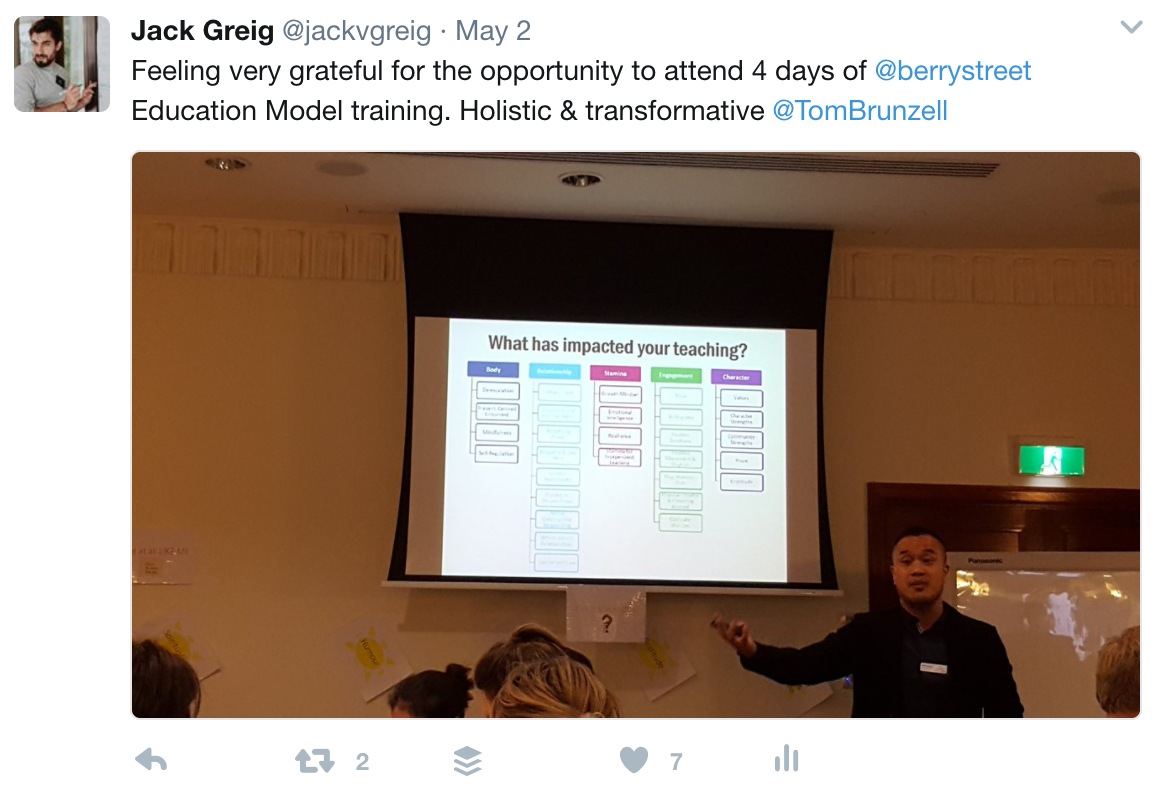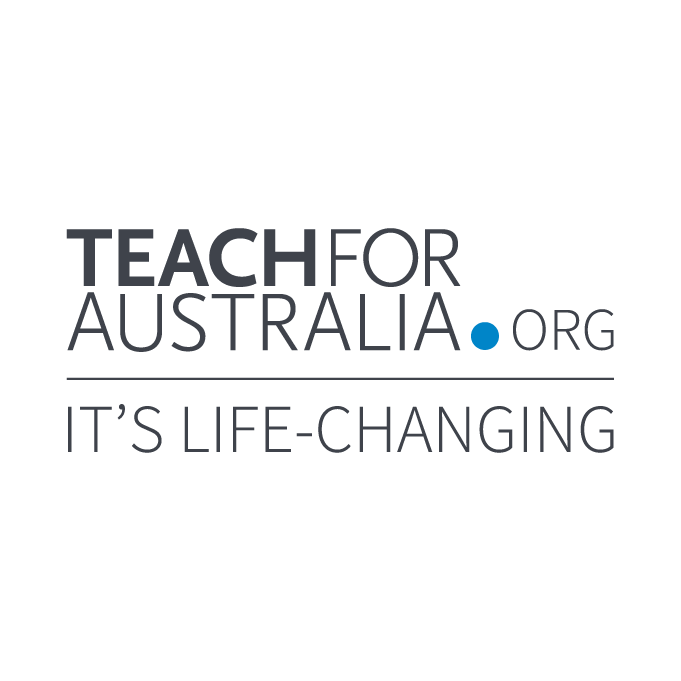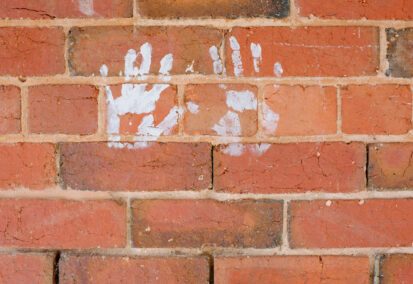It has now been over a month since completing the Berry Street Education Model course. It stands as one of the most valuable professional development opportunities I have had to date. A huge credit to Tom Brunzell and the education team at the Berry Street Childhood Institute.
Hundreds of strategies were offered during the course but I’m going to focus my reflection on three big revelations I had over the four days that I feel have the potential to shift the paradigm for teachers who are working with vulnerable young people in mainstream school settings.

Before you begin reading…
Please note that these are my personal reflections. I strongly suggest checking out the rigorous evidence-base that forms the Berry Street Education Model as a next step if you’re interested in looking deeper into any of the ideas I touch on in these posts: http://www.childhoodinstitute.org.au/educationmodel.
Revelation number one: Relationships are not always a ‘silver bullet’
This is the biggest revelation I experienced and the one that seems to rally against conventional wisdom the most. In my teacher education, I learned that if there is a ‘silver bullet’ in the classroom it is in tending to warm and respectful relationships with students. In particular, we were taught that practicing unconditional positive regard toward young people on a daily basis will forge closer bonds with even the most disruptive students. But as I learned more recently, the effects of childhood trauma mean that such relationships may be elusive unless teachers contribute to the child’s healing process.
Trauma in the classroom
Classrooms are social spaces that require constant interaction. However, young people who have experienced trauma may have disrupted attachment, making it far more difficult for them to trust adults and build healthy relationships with others. This makes intuitive sense when we consider that the source of trauma is often abuse or neglect at the hands of parents and carers; the very people who should be a source of nourishment and love at an early age.
“The nature of a traumatic experience is that the brain doesn’t allow a story to be created… So, people create their own realities in a way.” – Dr. Bessel Van Der Kolk
Berry Street define trauma as an overwhelming experience that undermines the belief that the world is good and safe. Children who have experienced trauma can continue to relive their overwhelming experiences as an ongoing daily reality at school.
Developmental causes of trauma
As a result, trauma-affected young people will be more likely to live their lives in a state of ‘fight or flight’: acting out or acting in. Think of the student who flips chairs in response to a classmate’s provocation. Or the student who rarely wants to participate, disappearing further into their chair as the lesson progresses.
“The big issue for traumatised people is that they don’t own themselves anymore. Any loud sound, anybody insulting them, hurting them, saying bad things, can hijack them away from themselves. And so what we have learned is that what makes you resilient to trauma is to own yourself fully.” – Dr. Bessel Van Der Kolk
It’s normal for all children to develop ‘fight or flight’ survival instincts as a stress response in the brain (‘reptilian brain’) before developing the ability to rationalise threats in the pre-frontal cortex (‘thinking brain’). Traumatic experiences disturb the brain’s stress response systems, setting it permanently to high alert. This can cause traumatised people to temporarily lose control of their emotional and physical responses when experiencing a trigger. This is why we can say that trauma lodges itself in the body.
What can teachers do?
What this means is that the body can be used to change the mind. By becoming aware of how trauma is triggered as sensations in the body, teachers can work with children on safety plans to de-escalate emotional responses, supporting them to take back control. Where the world was once risky and unpredictable, incorporating routines that generate pattern repetitive rhythmic exercises, such as mindful breathing at the start of a lesson can restore a sense of goodness and safety in the classroom.
“Something that engages your body in a very mindful and purposeful way — with a lot of attention to breathing in particular — resets some critical brain areas that get very disturbed by trauma.” – Dr Bessel Van Der Kolk
Inspired by Berry Street, my Home Group class of 18 Year 11 and 12 students practice a daily morning circle routine that includes rhythmic activities, positive affirmations, intention setting and gratitude reflections. Responses have been very positive so far as this group navigates the inherent stresses of VCE study:
Student 1: The morning circle makes me more determined to come to school.
Student 2: The morning circle has helped me with what I want out of a day and helped me to think positive if going through a rough day.
Student 3: The morning circle sometimes gets me excited to start the day at school.
Relationships are absolutely vital in our classrooms. It’s just that some of our young people have additional needs to be met before warm and respectful relationships can be fully realised. When we consider that as many as 40 per cent of our young people carries with them some form of traumatic experience, it becomes clear that all teachers should have an awareness of trauma-informed practices and take steps to turn their classrooms into healing, as well as learning spaces.
Read Part 2.
This post was originally published on jackvgrieg.com.






